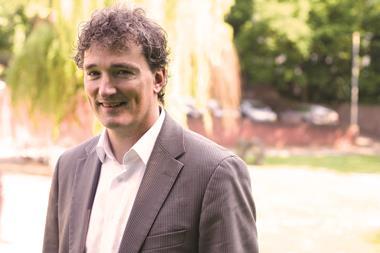EUROPE - European institutional investors are changing the way they allocate assets and interact with external service providers, according to the latest European Institutional Asset Management Survey, conducted by IPE.
Following the poor overall performance of investment portfolios in 2008 and high correlations between asset classes, institutions have now reassessed their investment objectives.
Where absolute and relative performance were previously the most important for both internally and externally-managed portfolios, this is replaced by investment horizon in the case of internally-managed assets as investors seek to exploit their position as long-term investors. Relative performance is now the most important criteria for externally-run assets, according to the study.
Absolute performance is also much less important for both internally and externally-managed assets. Investors also prioritised the level of relative risk to a greater extent than before.
"Such a reversal makes sense for investors who have seen their expectations about returns dashed comprehensively by the savage conditions of the financial markets," commented Yves Van Langenhove, head of institutional business for the Benelux and Nordic regions at Invesco, which sponsored the study.
Whereas the share of assets allocated to alternatives increased year-on-year in previous EIAMS surveys, this year's study shows a reduction of 1.3 percentage points - from 10% last year to 8.7% this year. Overall, real estate has maintained its position as the most sought after alternative asset class, after commodities.
For the first time, the survey shows a net shift in asset allocation intention away from private equity and hedge funds. Those respondents intending to decrease their allocation to private equity (18%) outnumbered those increasing their allocation to the asset class (13%) - a net difference of five percentage points.
In the case of hedge funds, those decreasing allocations outnumbered those increasing by a net four percentage points. The largest net difference in intentions was for commodities, with 54% intending to increase their allocation and just 1% intending to decrease it.
"While many of the accepted assumptions about the merits of different assets have disappeared into the melting pot, investors are still left with the issue of trying to build portfolios on the basis of expected returns and diversification of risk," said Van Langenhove. "They are clearly much less certain as to the role the different asset classes can play in delivering returns currently."
A total of 117 institutional investors from 24 European countries responded to EIAMS 2009, and total assets of the participating investors were €477bn.
EIAMS 2009 highlights:
EIAMS 2009 is available to download from www.ipe.com/whitepapers.
If you have any comments you would like to add to this or any other story, contact Julie Henderson on + 44 (0)20 7261 4602 or email julie.henderson@ipe.com












No comments yet